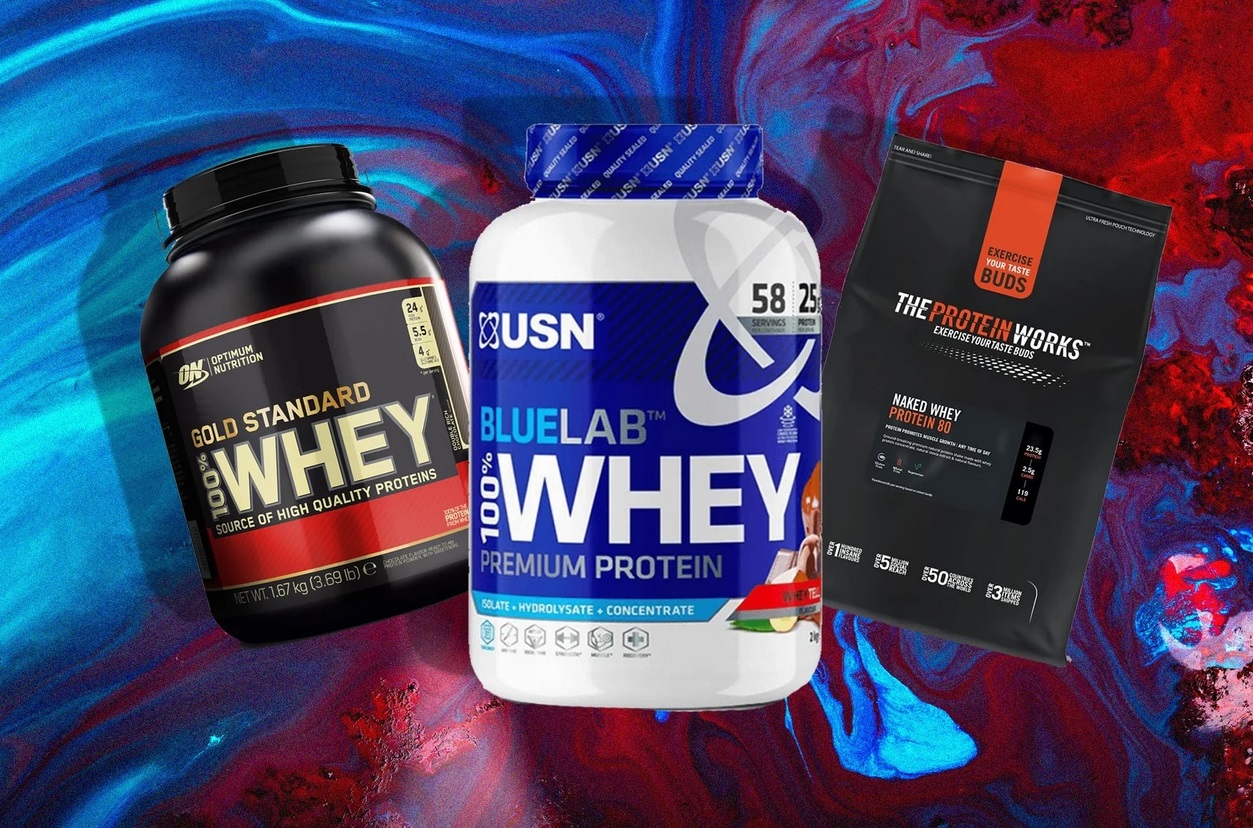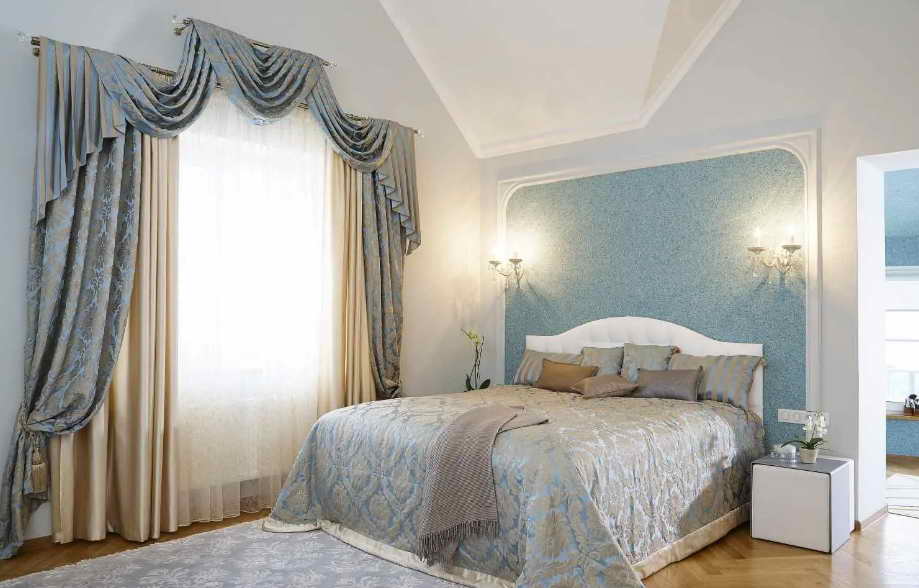Rating of the best wood preservatives for 2025
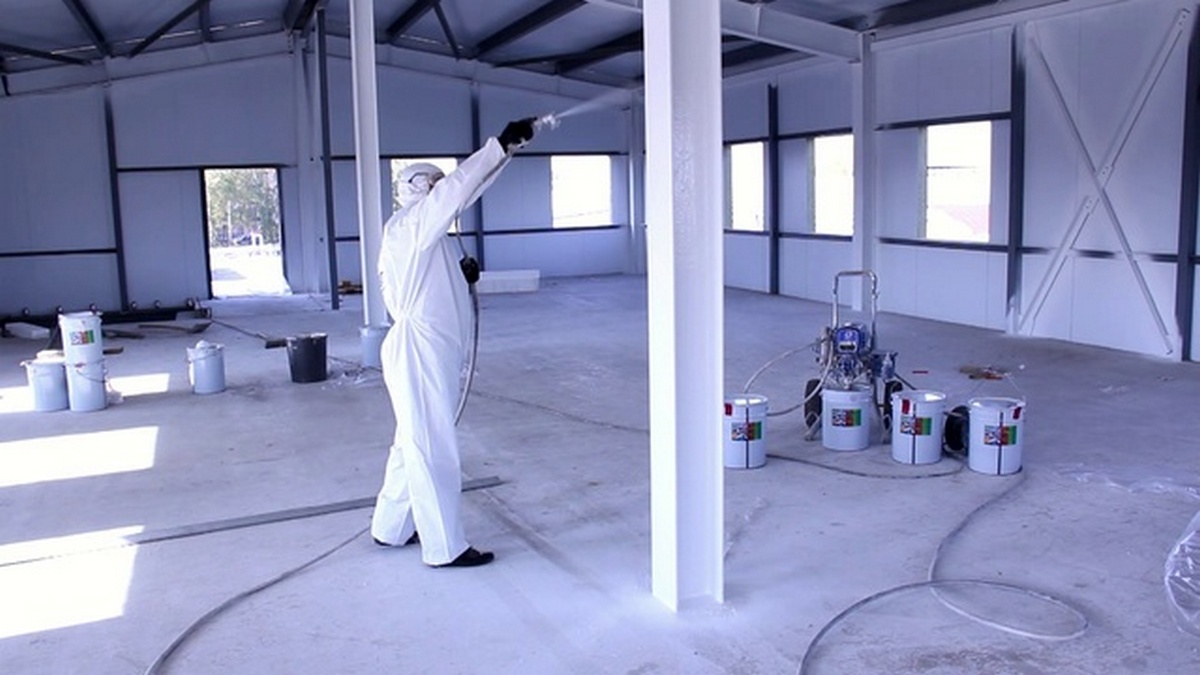
For the most part, ordinary people understand the antiseptic preparation as a paintwork material that is covered with a tree in order to protect it. But this is a little different. In fact, a wood antiseptic is a special type of impregnating soil that impregnates a tree with a special composition and gives it additional protective parameters. Such impregnation is designed to create protection against fungus and mold, blue, and also counteract woodworm beetles. And the deeper such impregnation has penetrated into the structure of the tree, the more effective protection will be provided. In the composition of today's antiseptic preparations, two main types of substances are used:
- Oxidizing agents that destroy the fiber of fungi;
- Fungicides used as inorganic/organic compounds (copper, heavy metal salts, phenol derivatives).
Fungicides, unlike oxidizing agents, block fungal enzymes and prevent them from feeding. It is worth mentioning that all antiseptics have a liquid or viscous consistency. This is necessary so that the resin penetrates the wood structure as tightly as possible.
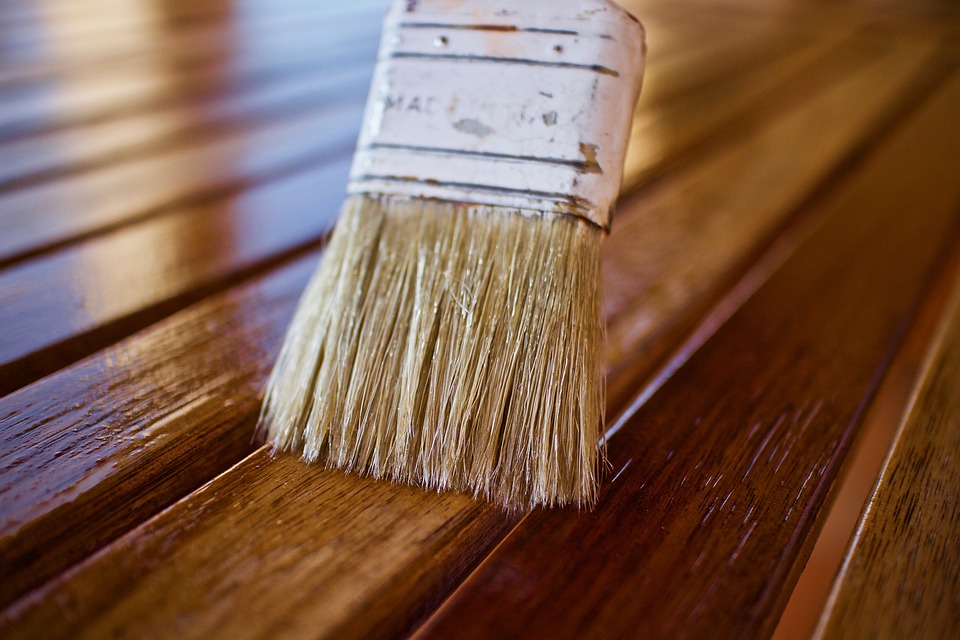
Content [Hide]
- 1 Antiseptic base: water, acrylic, organic
- 2 "Spray" and "immersion" as processing methods
- 3 Selection of antiseptic for specific purposes
- 4 Interior processing
- 5 Processing of external structures
- 6 Fire retardant solutions - flame retardants
- 7 UV Protection
- 8 Rating of the best wood preservatives for 2025
- 9 Instead of an epilogue
Antiseptic base: water, acrylic, organic
All today's antiseptics are divided into three groups:
- Water-soluble (water-based);
- Oily (based on penetrating oil);
- Organic-soluble (based on organic solvents).
The water-soluble group includes silicon and sodium fluoride, copper pentachlorophenol and ammonium, etc.The oily group consists of creosote, coal and anthracene antiseptics, as well as shale oil.
In turn, according to the type of impact, they can be divided into:
- indelible;
- Difficult to wash;
- Easily washable.
The former include only oily substances and those made on the basis of organic solvents. The remaining groups for this qualification are represented exclusively by water-soluble formulations.
In order to achieve the desired effect for penetration into the wood structure, manufacturers mix alkyd, silicone or acrylic base into antiseptic solutions.
Solvent-based antiseptics create a waterproof and elastic film, but capable of passing steam, despite the fact that it has excellent protective properties. Such antiseptic compounds are perfect for wooden surfaces that are under constant mechanical stress (terrace flooring, stairs, railings). In addition, after treatment with such a solution, a wear-resistant water varnish can still be applied on top.
Water based antiseptics - this is the same product based on acrylic, odorless and does not require a solvent. They can be called universal, because they are fire and explosion-proof, able to fit perfectly on wet wood and have excellent protective properties.
IMPORTANT! However, their final color can only be known after they have completely dried, so most designers prefer not to use them, since it is impossible to predict the final color result.
Silicone Samples are considered next generation drugs and combine the best advantages of the above options.They are made of silicon, and not only is it slightly combustible, it also does not emit caustic combustion products when exposed to an open flame. Also, silicone does not decompose over time and is biologically neutral in itself. This shows that it can be used for both internal and external processing. Among other things, it has high water-repellent properties, but at the same time allows the tree to "breathe". It is also elastic and able to stretch / shrink along with the wood base and at the same time not crack. The degree of its penetration into the structure of the tree is extremely deep, which allows you to protect the material from the inside. It dries quickly (about 2 hours) due to its increased vapor permeability. And its overall service life is twice as long as that of alkyd or acrylic competitors.
"Spray" and "immersion" as processing methods
Antiseptic solutions can also be classified according to how they are applied. For example, either a surface method is most often used (you will need a brush and an airbrush for work), or a deep one (the treated wood is immersed in a cold / hot solution). In this case, much will depend on the processed breed and its part. For example: heartwood and mature coniferous wood are extremely poorly impregnated with compositions at room temperature. But as soon as it is heated to 95-100 degrees Celsius, the substance will begin to penetrate deeper inside.
Still, it is preferable to impregnate dry wood with aqueous or organic solutions, however, some of them will diverge inside the tree with great difficulty. At the same time, they can spread and fall on the surface in the form of salt sediment.At the same time, if the tree is stored wet, then water-soluble substances will come in handy. In a similar way, beech, birch or pine sapwood can be easily impregnated.
Selection of antiseptic for specific purposes
All today's antiseptics are strictly divided into two groups - for exterior decoration and for interior spaces. No protective solution intended for outdoor use should be used indoors. This is due to the fact that outdoor formulations often contain toxic substances that, when released into the atmosphere in the open air, may not be so noticeable, but indoors they can harm human health if inhaled.
And vice versa - internal impregnation is not suitable for external coating. The thing is that inside the treated surfaces are in more greenhouse conditions, and outside they are subject to many negative influences - from the vagaries of the weather to mechanical stress. Therefore, having protected the external structures with a "greenhouse" internal solution, you should not count on its long wear resistance.
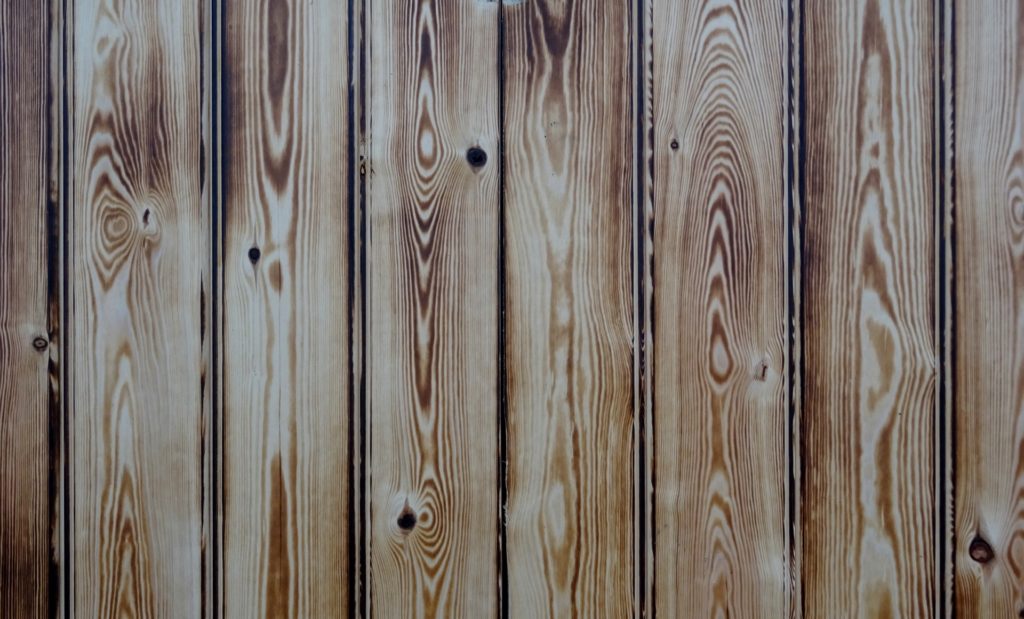
Compositions for impregnating rafters
Rafters are used in such a structural element of a structure as a roof. In fact, this part is neither an internal nor an external element. However, in order to choose the ideal protective coating for it, one must start from the climatic conditions of the area where the structure is located. For example, in a humid climate, wooden rafters will suffer more from fungus, and in a dry climate, from woodworm beetles. Accordingly, you need to select the type of antiseptic.
IMPORTANT! It is better to process all the rafters with the necessary composition even before they are installed.At the same time, it is forbidden to process the same rafters with two different compositions at the same time - the compositions can react with each other!
It is worth noting separately that there are also solutions for temporary protection on sale, which are the best suited for impregnating rafters. They do not tint the wood itself, however, they do not penetrate too deeply into its structure and do not create a protective film. As a rule, such solutions are used in relation to lumber for the purpose of their transportation, drying or storage. The standard validity period of this impregnation is six months.
Protection against fungus boards and beams
Today's protective compositions are good not only as a therapeutic material, but can also be used as a prophylactic. They are vital in cases where there is a real threat, in which, in a humid room, the fungus almost instantly spreads over wooden structures and blanks. However, before starting the impregnation, it is necessary to study in detail the possible biodamage of the tree. So, dendrologists advise taking a sample of wood every 5 years, which is going to be subjected to preventive impregnation - so you can find out in advance what kind of fungus you suddenly have to fight (or with its mutated strains).
The thing is that over time, fungal microorganisms adapt to the negative effects of an antiseptic drug on themselves and become able to overcome its effects. Therefore, it does not make sense to constantly use the same solution. A more rational solution would be to use a new type of biocide each time, so that the fungus does not have time to adapt to it.
In the case when the tree is already infected, then it is necessary to apply those compounds that will cause a chemical burn on the fungus.
IMPORTANT! It is worth remembering that most of these antiseptics are themselves strong oxidizing agents and can cause corrosion of metal structural elements (nails, screws, staples).
Among other things, you should pay attention to the wood color: the affected wood is painted in the color of a wood-destroying fungus. This part should first be bleached, and only then a protective coating should be applied. Bleaching is also useful in that it opens up the rot that the fungus masks. At the end of bleaching, the tree must be washed with water.
Interior processing
First of all, for interiors, solutions should be selected in which there is a small proportion of toxic substances, or they are completely absent. The main thing is that they do not exude caustic and pungent odors. Especially this rule applies to rooms in which children or people prone to acute allergic reactions are constantly staying. Thus, for interior decoration it is better to use acrylic or silicone compounds, alkyd ones will be less preferable. But oil ones are categorically contraindicated - they have an extremely caustic and long-lasting smell.
Separately, it is worth mentioning safe antiseptics for saunas and bath rooms. In such structures, wood material is exposed not only to high temperatures, but also to high humidity. Accordingly, in relation to such conditions, it will be ineffective to use conventional protective drugs.For these conditions, special compounds are used that have antimicrobial properties, resist high temperatures and repel water well. Moreover, their penetration into the structure of the tree is at a very high level. About all the above properties of the antiseptic, the manufacturer directly indicates in the instructions.
Processing of external structures
The durability of the operation of outdoor wooden products depends on a number of factors, the most important of which is the location of the structure and its orientation relative to the cardinal points. For example, a protective composition applied to the north side will last longer than on the south side, because it will be destroyed faster under the influence of UV rays (sun). For the potential owner of the structure, this means that wooden structures on the south side will have to be processed more often than on the north. You can also mention that there are separate groups of drugs:
- For finishing structures exposed to aggressive atmospheric environment (frequent rainfall);
- For finishing structures located in the zone of frequent temperature changes (deserts and semi-deserts, where during the day - heat, at night - cold);
- For finishing worn and previously painted wooden structures in the open air.
It is clear that the impregnation of wood installed outdoors is not a matter of one day, so two or three successive stages of applying a protective composition will be required.
Fire retardant solutions - flame retardants
Due to the fact that wood is a highly flammable material, it requires additional flame retardant treatment. With the help of such impregnation, the resistance of the tree to the effects of open fire will be increased.Such formulations can be produced in powder, liquid or paste forms:
- Impregnations will prevent ignition, penetrating deep into the wood material, and interfering with the burning and spread of the flame;
- Liquid varnishes form a film on the surface, which will prevent rapid heating and subsequent ignition;
- Enamels and paints simultaneously perform two functions - both decorative and protective;
- Pasty coatings are intended only to protect external surfaces from fire, due to their application in a rather thick layer and by hand;
- Powdered forms are applied with a spray gun by spraying.
IMPORTANT! Even flame retardants have a division according to the direction of application: internal ones are more environmentally friendly, and external ones are able to strongly counteract atmospheric phenomena.
According to the principle of action, they can be divided into:
- Active - when heated, they emit non-combustible gases and thereby limit the access of oxygen to the combustion source, which reduces the risk of fire spread;
- Passive - they create a layer on the surface of the wood that protects it from exposure to flames. They can also melt at extremely high temperatures, forming a non-combustible "crust", which will consume a fair amount of thermal energy and which will significantly increase the heat resistance of the entire wooden structure.
UV Protection
Structures built of wood will eventually lose their original presentable appearance due to the fact that they are constantly under the influence of destructive ultraviolet (solar) rays. To prevent such situations, it is necessary to timely carry out the appropriate processing of structures with special compounds intended for these purposes.As a rule, they have special additives and pigments in their structure, which significantly reduce the destructive ultraviolet effect.
Practice shows that applying such a product to a tree will protect it from the harmful effects of ultraviolet radiation for 8 to 10 years. At the end of this period, the impregnation will need to be renewed. In the case when the protective solution has no color, then the renewal should be carried out every three to four years.
Rating of the best wood preservatives for 2025
For interior work
3rd place: Extra Aquatex with wax
votes 0
The tool belongs to the category of non-washable. Although it is intended for interior finishing work, it is also suitable for exterior processing, but only in areas with a temperate climate. After application, the tree is given a decorative semi-gloss. Can be applied to both new and old surfaces.

| Name | Index |
|---|---|
| Composition type | Alkyd |
| Packing, kg/liters | 10 |
| Manufacturer country | Russia |
| Price, rubles | 3800 |
- Additional protection against UV rays;
- Strengthens wood;
- Prevents the appearance of blue.
- Long drying process (at least a day).
2nd place: Tikkurila Supi
votes 1
The sample is characterized by durable antiseptic protection of wood material. Forms a durable acrylate layer during application. If necessary, the solution can be tinted, and with a colorless version, wood structures will retain their natural appearance for a long time.
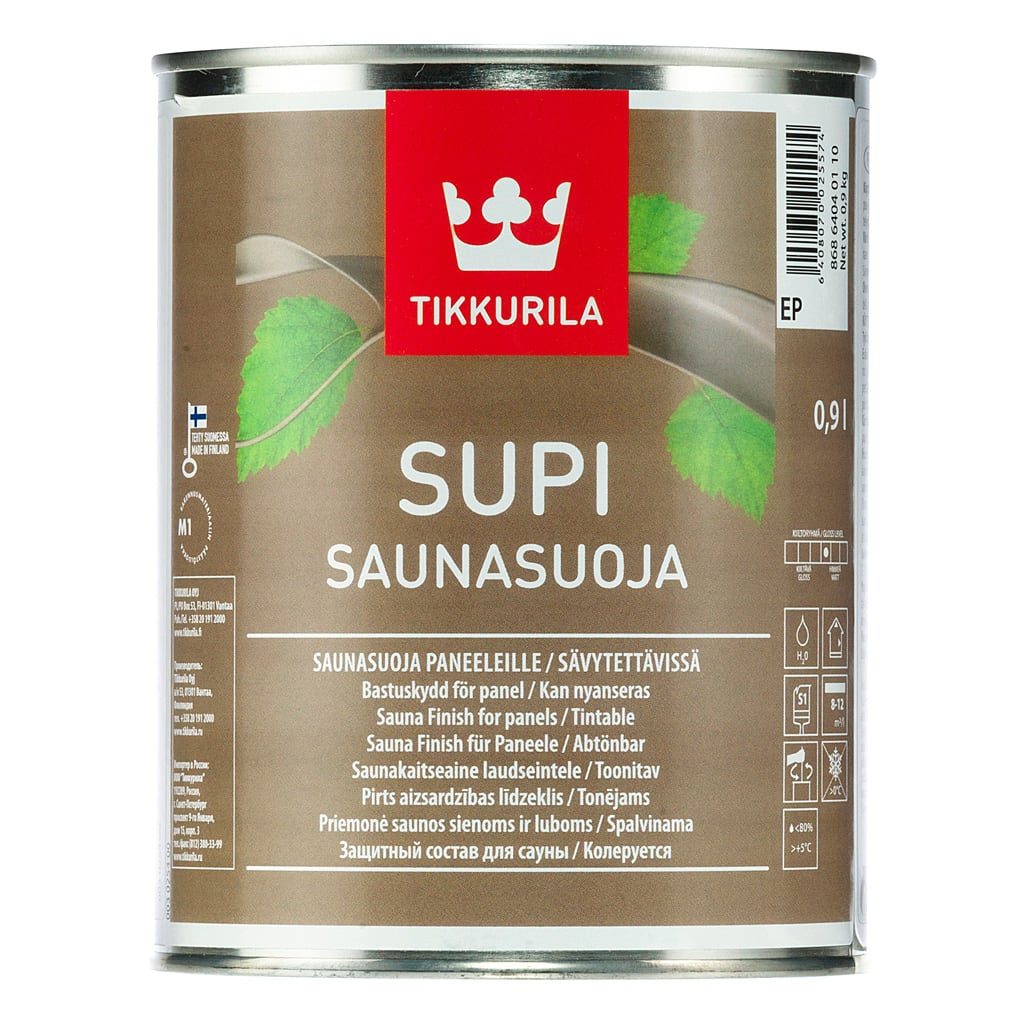
| Name | Index |
|---|---|
| Composition type | Acrylic |
| Packing, kg/liters | 9 |
| Manufacturer country | Finland |
| Price, rubles | 3500 |
- Resistant to dirt and dust;
- Economic consumption;
- Fast drying period.
- Not found.
1st place: Veres Classic Lazura
votes 0
Upon completion of the application, the wooden surface will have a presentable appearance with a silky-matt sheen. It supports temperature fluctuations well, therefore it is suitable for use in bath rooms and saunas. With the help of special ingredients, the standard service life of the coating has been increased from 5 to 8 years.
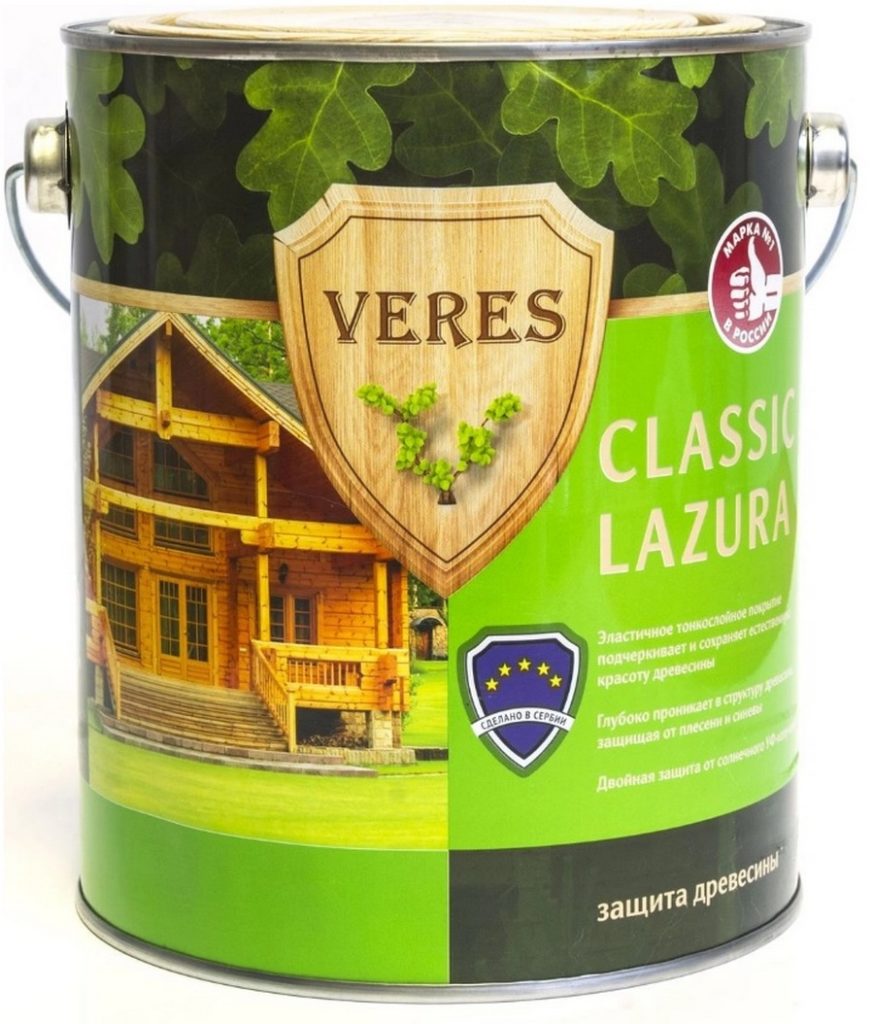
| Name | Index |
|---|---|
| Composition type | Glazing impregnation |
| Packing, kg/liters | 1 |
| Manufacturer country | Serbia |
| Price, rubles | 500 |
- Does not require dilution;
- Extended service life;
- Low risk of forgery.
- It dries for a long time (about 15 hours).
For outdoor work
3rd place: Prosept Extreme Climate
votes 1
A multi-tasking drug designed for use in difficult climatic conditions. Protects wood not only from sunlight, but also from the harmful effects of parasitic insects (for example, prevents wasps from creating nests). After application, a thin layer is formed on the surface, which allows the tree to “breathe”.
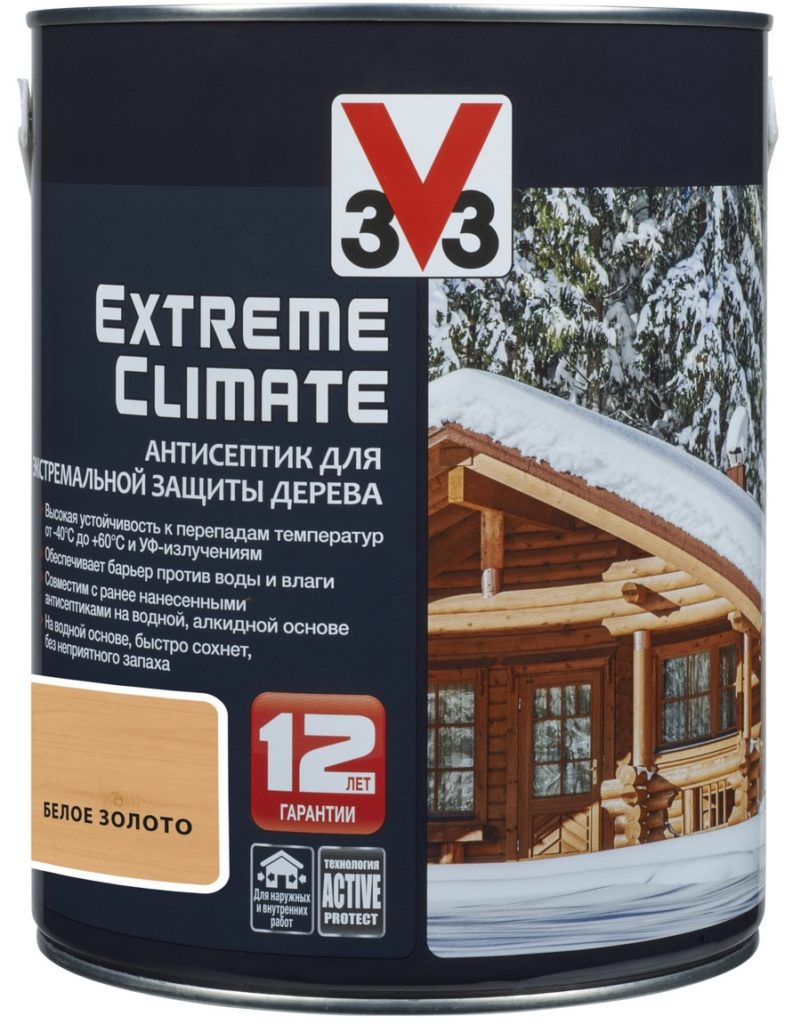
| Name | Index |
|---|---|
| Composition type | water soluble |
| Packing, kg/liters | 9 |
| Manufacturer country | Germany |
| Price, rubles | 5200 |
- There are no restrictions on wood species;
- Rapid absorption;
- There is no smell.
- High price.
2nd place: Nortex-Disinfector
votes 0
This drug has excellent ratios in terms of "price / quality". Its distinctive property is the ability to work on wet wood. The composition is environmentally friendly and it is allowed to work with it without a respirator. Applied with a brush or roller. Very democratic price.

| Name | Index |
|---|---|
| Composition type | water soluble |
| Packing, kg/liters | 1 |
| Manufacturer country | Russia |
| Price, rubles | 350 |
- Environmental friendliness of ingredients;
- Does not affect the color and structure of the tree;
- Effectively prevents cracking.
- Increased consumption for wet wood.
1st place: Pinotex Natural
votes 0
Very high quality drug, absolutely not affected by negative atmospheric factors. It is characterized by high frost resistance. The impregnation itself is transparent, the structure contains the ingredients of the AVB formula. It is applied easily and forms an excellent, breathable, vapor-permeable film.

| Name | Index |
|---|---|
| Composition type | Acrylic |
| Packing, kg/liters | 1 |
| Manufacturer country | Estonia |
| Price, rubles | 500 |
- Suitable for wood of any processing (sawn, planed, etc.);
- Innovative technologies applied;
- Economic cost.
- Not detected.
Flame retardants (fire retardant)
3rd place: Neomid 450
votes 1
After treatment with this agent, the wood becomes difficult to ignite. The one-time term of protection is 7 years. At the same time, the product contains ingredients responsible for biosecurity - against fungus, mold and insects. Does not require breeding. Has no restrictions on the method of application.
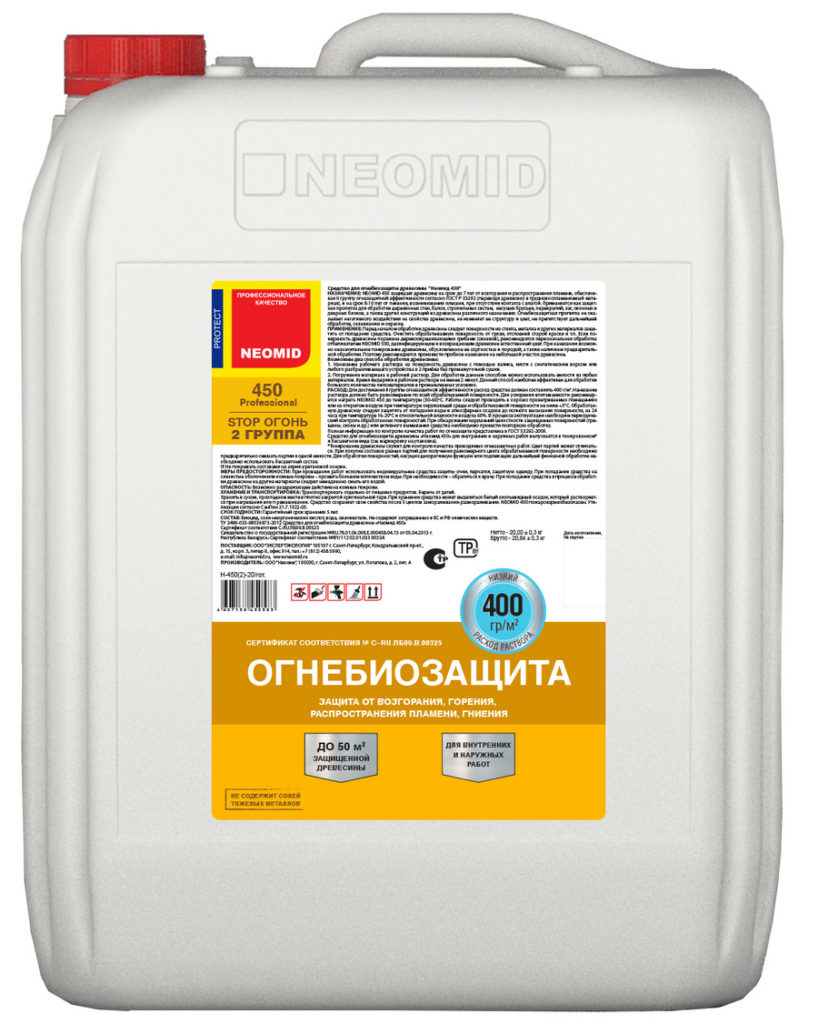
| Name | Index |
|---|---|
| Composition type | Flame retardant liquid |
| Packing, kg/liters | 10 |
| Manufacturer country | Russia |
| Price, rubles | 1400 |
- Additional painting is possible;
- Suitable for all building elements;
- Multifunctionality.
- Pungent toxic odor (but fades with time).
2nd place: Senezh Ognebio Prof
votes 1
It makes surfaces more resistant to open flames, while at the same time it can counteract high humidity.Weakly affected by temperature changes. The mineral composition itself is quickly absorbed, has an extended bioprotection period - 20 years! It can be processed at least by the application method, at least by immersion.

| Name | Index |
|---|---|
| Composition type | Mineral |
| Packing, kg/liters | 5 |
| Manufacturer country | Russia |
| Price, rubles | 650 |
- Variety of ways of working;
- Preservation of the original color of the material;
- Extended protection period.
- High consumption per square meter.
1st place: Pirilax-Lux
votes 0
In the structure of this sample, there are no fluorides and methyl impurities, which allows them to treat the premises of children's rooms and hospitals. To improve efficiency, the manufacturer suggests applying it in several layers. The operating temperature does not play a role - application can be carried out even at -16 Celsius. The consistency of the product is viscous, it does not need to be diluted.

| Name | Index |
|---|---|
| Composition type | Coating-fire retardant |
| Packing, kg/liters | 10 |
| Manufacturer country | Russia |
| Price, rubles | 4650 |
- Wide temperature range;
- Ease of use;
- Absence of toxic substances.
- Darkening of the material is possible after 2-3 years.
Instead of an epilogue
The analysis showed that the domestic consumer is more inclined to choose Western samples for antiseptic work. This is due to their extreme quality and greater versatility and multifunctionality. Usually, solutions are purchased in specialized stores - this reduces the likelihood of buying a fake. It is worth noting that an order via the Internet from a manufacturing company (especially if it is located abroad) may well turn out to be more expensive than the retail price.
new entries
Categories
Useful
Popular Articles
-

Top ranking of the best and cheapest scooters up to 50cc in 2025
Views: 131649 -

Rating of the best soundproofing materials for an apartment in 2025
Views: 127687 -

Rating of cheap analogues of expensive medicines for flu and colds for 2025
Views: 124516 -

The best men's sneakers in 2025
Views: 124030 -

The Best Complex Vitamins in 2025
Views: 121937 -

Top ranking of the best smartwatches 2025 - price-quality ratio
Views: 114978 -

The best paint for gray hair - top rating 2025
Views: 113393 -

Ranking of the best wood paints for interior work in 2025
Views: 110317 -

Rating of the best spinning reels in 2025
Views: 105326 -

Ranking of the best sex dolls for men for 2025
Views: 104362 -

Ranking of the best action cameras from China in 2025
Views: 102214 -

The most effective calcium preparations for adults and children in 2025
Views: 102010


